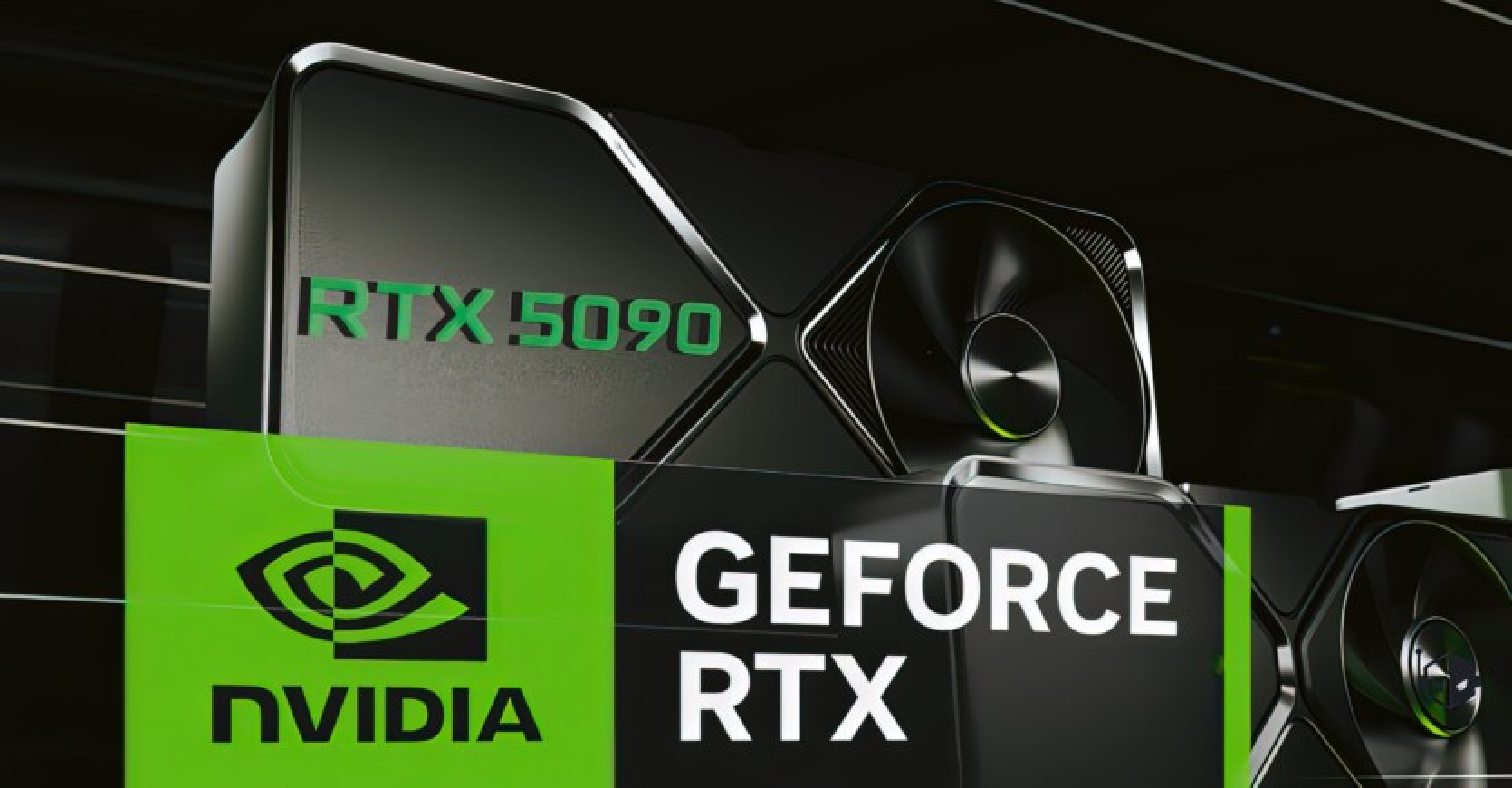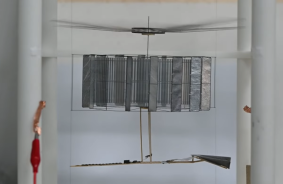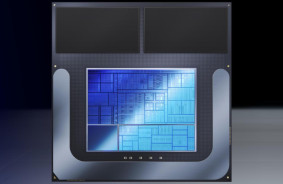It is expected that at the upcoming CES 2025 exhibition, NVIDIA will unveil three graphics cards from the new GeForce RTX 50 series (Blackwell). These include the RTX 5090, RTX 5080, and RTX 5070 models. The presentation of the next-generation technologies for gamers and consumers will be conducted by CEO Jensen Huang.
Details about the future graphics cards have already emerged online. While the presentation for all three newcomers will take place simultaneously, their market release will occur separately.
NVIDIA GeForce RTX 5090
The flagship model, NVIDIA GeForce RTX 5090, is based on the GB202-300-A1 GPU and the PG144/145-SKU30 printed circuit board. The GPU features 170 active streaming multiprocessors (out of a total of 192 SM) and 21,760 cores (from a total of 24,576 cores). Consequently, 11.4% of the functional units are inactive (compared to 11.1% in the RTX 4090 with an AD102 GPU).
NVIDIA GeForce RTX 5090 comes with 32 GB of GDDR7 memory and a 512-bit memory bus. The memory operates at a speed of 28 Gbps, delivering a bandwidth of 1,792 GB/s. The total power consumption of the card is a substantial 600 W. Previous rumors indicate that the Founders Edition will feature a dual-slot cooler.
NVIDIA GeForce RTX 5080
The NVIDIA GeForce RTX 5080 model is built on the PG144/147-SKU45 board and utilizes the GB203-400-A1 GPU. In this case, all 84 streaming multiprocessors and 10,752 cores available in the GPU are utilized, which is 51% less than the flagship RTX 5090. In comparison, the RTX 4080 had 40% fewer functional blocks than the RTX 4090.
The GeForce RTX 5080 is equipped with only half the memory of its superior model—16 GB. The memory bus has also been halved to 256 bits. Nevertheless, it employs faster GDDR7 memory (32 Gbps), which provides a total bandwidth of 1,024 GB/s. The power consumption will be 400 W, an increase of 25% compared to its predecessor.
NVIDIA GeForce RTX 5070
The NVIDIA GeForce RTX 5070 will feature the PG147 board and the GB205 GPU. The exact number of functional blocks in this model is currently unknown. Previous rumors suggested that the device would come with 12 GB of memory and a 192-bit memory bus (similar to the RTX 4070). However, due to faster memory (28 Gbps), the overall bandwidth is expected to increase by 33% compared to its predecessor—up to 672 GB/s. The GeForce RTX 5070 will require 250 W of power (compared to 220 W for the RTX 4070 SUPER, which is 14% more).
In addition to the "raw power" from an increased number of functional blocks, the new GeForce RTX 50 series graphics cards will feature several other optimizations. The entire lineup will utilize 14-layer printed circuit boards, improving the signal integrity between the GPU and GDDR7 video memory. All cards are expected to have a unified 12V-2×6 power connector. Only certain top models, such as the RTX 5090 or RTX 5080, will have a dual 16-pin connector. Additionally, the cards should be fully compatible with PCIe 5.0 and support DP2.1a with full bandwidth support of 80 Gbps. A larger L3 cache and new memory compression methods are aimed at enhancing the overall bandwidth available to the GPU.
Source: wccftech














Comments (0)
There are no comments for now